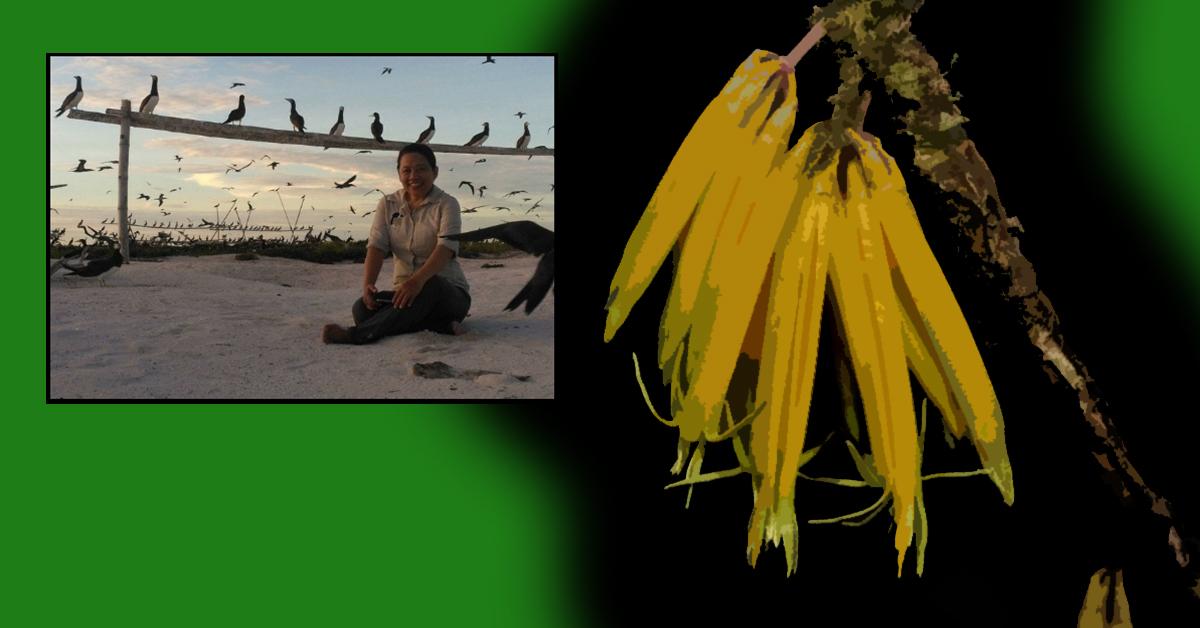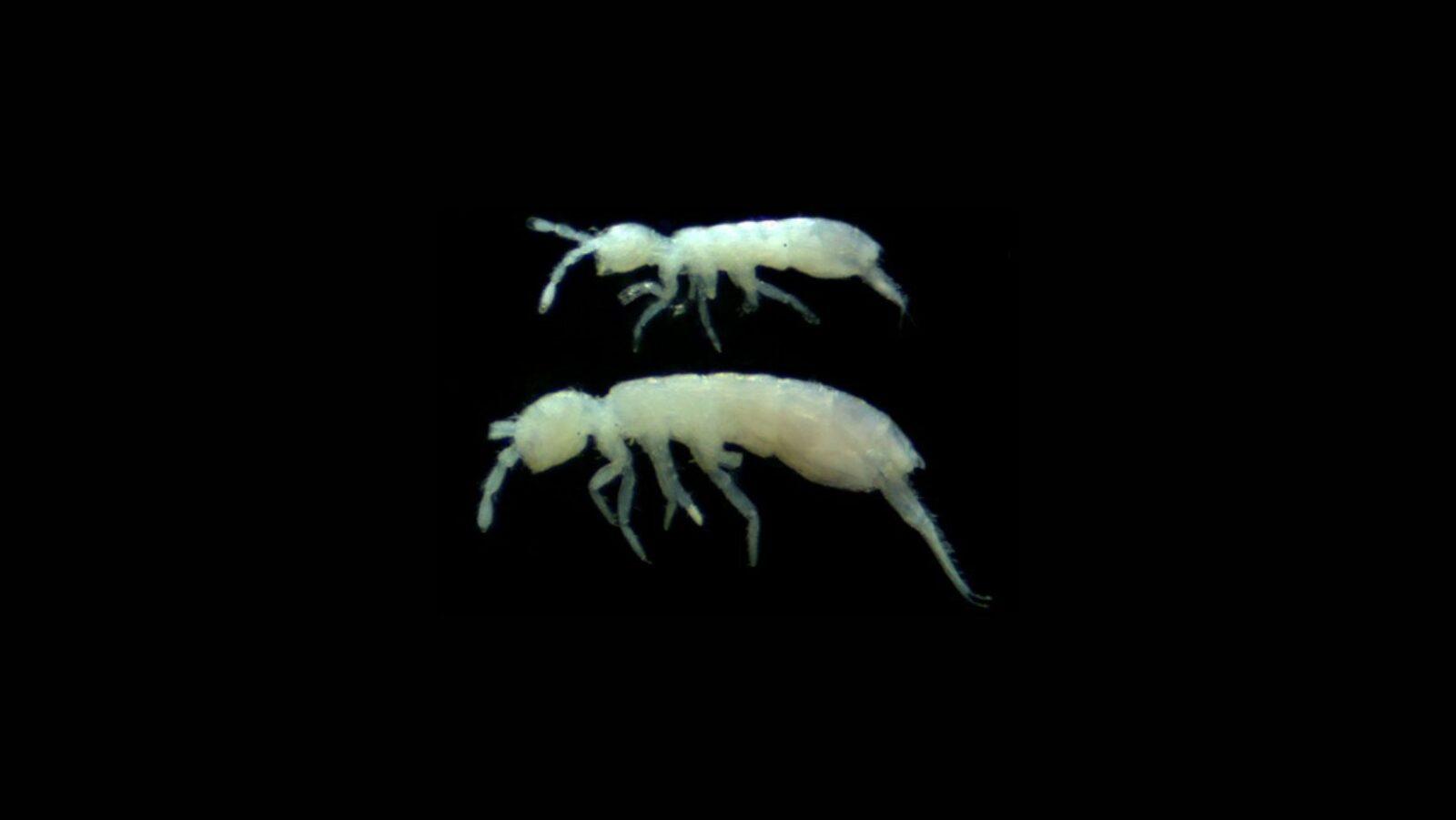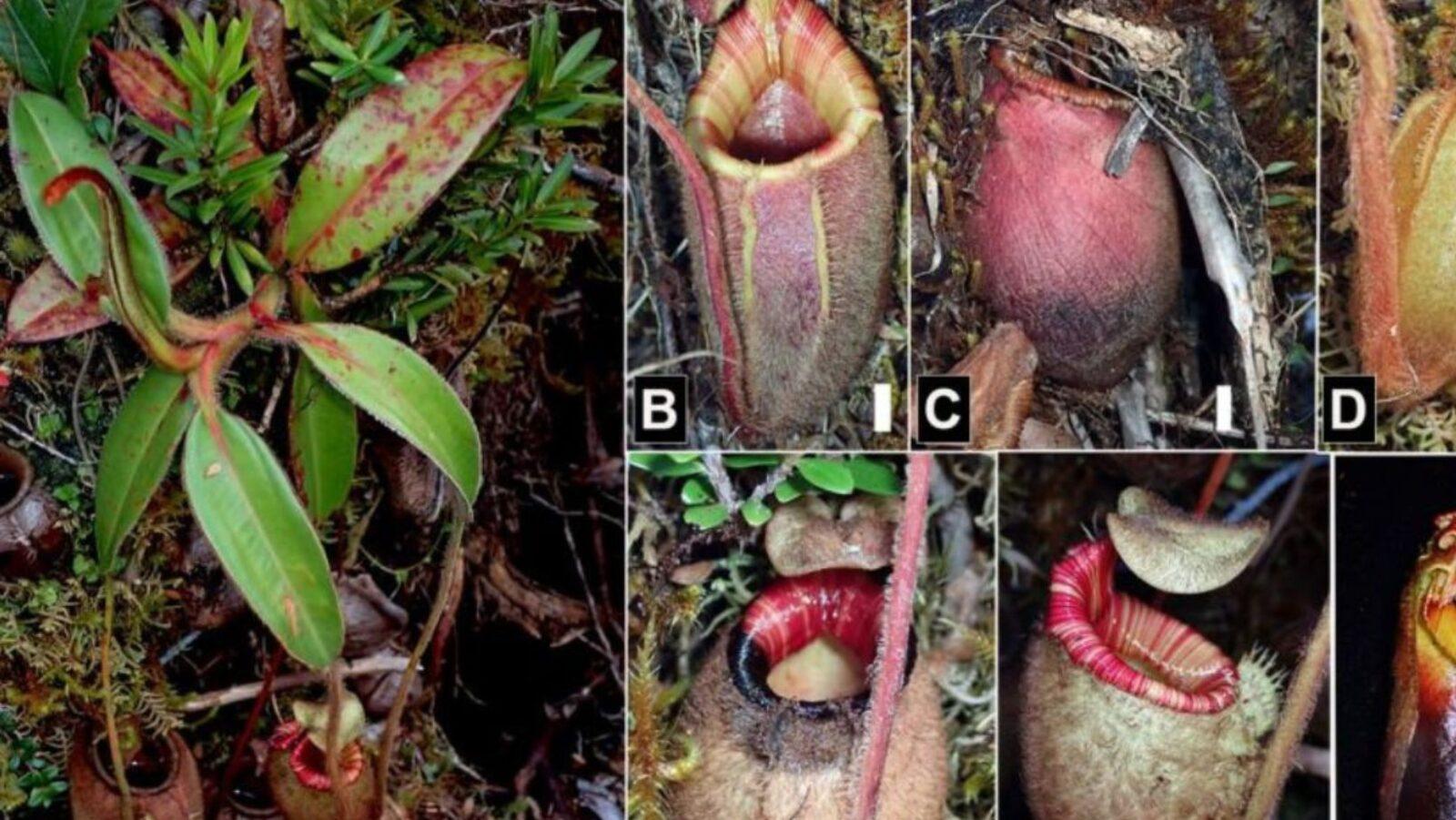For most people, the first thing that comes to mind upon hearing the word “mistletoe” is Christmas. Popular culture has cemented the image of the mistletoe in our minds as the red-and-green Yuletide decoration used (often jestingly) as an excuse for two people to kiss. For biodiversity conservationist Lisa Paguntalan, however, the mistletoe is a perennial mainstay in her line of work.
“[Mistletoes] are the favorite food plants of flowerpeckers and sunbirds,” shares the Bacolod-based biologist. Most types of mistletoe come in vibrant shades of red and orange. “In addition, they are also sometimes regarded by local people as the ‘heart’ of the tree.”
A closer look at Amyema lisae
The Philippines is home to 12 genera of mistletoe. The most diverse genera, Amyema, has 24 species, 19 of which are endemic to the archipelago. For a number of reasons, Lisa regards Amyema lisae as one of the most unique and interesting variants.
Amyema lisae is one of the few types of mistletoe in the Philippines with a yellow hue. “I love its bright colored yellow tubular flowers,” gushes Lisa, “and its very nature makes it a peculiar plant with mixed characters – often misunderstood for its value, but has significant contributions to the survival of endemic species of wildlife and the health of the ecosystem.”
Fortunately, Lisa’s contributions to biodiversity conservation in the Philippines are far from misunderstood or undervalued. In fact, it is the reason why authors Dr. Pieter B. Pelser, Dr. Julie Barcelona, Shiella Mae B. Olimpos, and Peter O’Byrne named Amyema lisae after her.
The news came as a genuine surprise to Lisa, who only found out about it from the Co’s Digital Flora of the Philippines Facebook group.
What a great gift!! Thank you Pieter Pelser and Julie Barcelona. It’s a great honor. Thank you, thank you.
Amyema…
Posted by Lisa J. Paguntalan on Monday, September 24, 2018
The seeds of nature appreciation
Lisa’s love for the natural sciences began at an early age.
In Davao Oriental, Lisa and her friends used to play house in the dipterocarp trees in a nearby lowland forest. Memories of foraging for wild fruits and berries, reading books on science and geology, and seeing the Philippine eagle with her father and siblings would color her life growing up.
Lisa’s interest in conservation work would continue well into her years as a BS Biology student in Siliman University. “We had classes in Apo Island, Sumilon Island, Siquijor, the Candugay woodlands in Siaton, Siquijor Island, Balinsasayao Twin Lakes, and even along Silliman beach. We enjoyed the field work, but [reporting our findings] was a struggle. Our training involved making presentations and attending conferences. Looking back now, I think those lessons prepared me well for the work I am doing now.”
Her involvement in biodiversity conservation began when she received the BP Conservation Award in 2000. Out of over 4,000 candidates, only Lisa and 11 others got the award. The award required a one-month training in London, where Lisa met numerous experts in wildlife conservation, governance and communications.
The path to conservation science was far from being a bed of roses, though. “I started in Cebu in 2001, and struggled in communicating to people as I was used to talking about wildlife. Now, it’s a different ball game. If you want to be listened to, one has to talk in the dialect. [Over the years,] I have had to listen to local farmers talk about monkeys raiding their crops, asking why should one prioritize wildlife and forests when people are getting hungry. It was especially hard to answer the mayor when he asked, ‘What’s in it for us?'”
At this point, Lisa decided it was time to go beyond simply doing research.
An active role in biodiversity conservation
Meeting William Oliver, the founder of the Philippines Biodiversity Conservation Foundation, Inc. (PBCFI), ignited Lisa’s passion for nature conservation. According to Lisa, he helped her see the truth behind the Philippines’ biodiversity: its islands and the unique species that inhabit them, many of which are on the brink of extinction.
“Most of these species live in the islands of Negros, Panay, Cebu, Mindoro and Tawi-Tawi,” Lisa explains. “He had flagged us of the peculiarities and conservation importance of Dinagat, Camiguin Sur, the Tawi-Tawi Group of Islands, Basilan, Tablas (in the Romblon Group of Islands), Lubang, and Batanes. While we are so focused on species that are popular (such as the Philippine eagle, tamaraw, turtles, and dugong), many other equally important single-island endemic species still are in dire need of conservation.”
Lisa recounts the story of a bird that was previously thought to be extinct, but recently rediscovered in the forests of central Cebu. “How often do you get a chance to save a species from extinction twice? Knowing all of this was enough to propel me to do something.
A mission with no end in sight
Going into conservation science was “a giant step” for Lisa. “Leaving my comfort zone and stepping into uncertainty was the most difficult thing I did. Looking back now, that experience was what motivates me to follow what makes me happy, to maintain a positive outlook in life and to look at every problem as an opportunity.”
Nowadays, Lisa is PBCFI’s Executive Director. As part of her responsibilities, she guides PBCFI in implementing the Philippines Biodiversity Conservation Programme across Negros, Cebu, Panay, the Calamianes Group of Islands, and the Tawi-Tawi Group of Islands. They are looking into extending their operations to Mt. Banahaw de Tayabas in Quezon Province.
“The enormity of the tasks and the daunting pressure to conserve our natural resources has always been a challenge for more than a century,” shares Lisa. The wildlife biologist believes that beyond fulfilling her executive functions, she and her organization must take on the challenge of persuading local stakeholders to partner with them in their biodiversity conservation mission.
“Only when Filipinos take it upon themselves to take care of the Philippines’ unique biodiversity – only then will we know that we are no longer needed.”
Cover photo: Lisa Paguntalan
References
- https://cebudailynews.inquirer.net/195690/new-mistletoe-species-found-negros-oriental-named-philippine-wildlife-biologist
- https://biotaxa.org/Phytotaxa/article/view/phytotaxa.371.1.3
Author: Mikael Angelo Francisco
Bitten by the science writing bug, Mikael has years of writing and editorial experience under his belt. As the editor-in-chief of FlipScience, Mikael has sworn to help make science more fun and interesting for geeky readers and casual audiences alike.







